Diversity in the Stacks: New Acquisitions From and About Colonial Korea
The Penn Libraries has a range of materials relating to colonial Korea that are recent acquisitions or newly accessible to our library users: primary and secondary sources, across both special and general collections, in Korean and Japanese languages, from Korean and Japanese vendors, and in print and electronic formats.

Colonial Shrines
Removing the cellophane packaging from our newest acquisition from the Japanese bookseller Bunsei Shoin, I smelled traces of incense. In my hands was an assembly of dozens of documents bound together with string and hand-labeled Chōsen jinja shiryō 朝鮮神社資料, or “Korean shrine materials.” The incense evoked places of worship, and the pages documented various Shinto shrines’ religious practices and administrative logistics. In other contexts, the documents may have been innocuous, but these pages—records from Chōsen Jingū 朝鮮神宮 and other shrines in 1930s Korea—constituted physical evidence of Japan’s colonial legacy. Japan had annexed Korea in 1910, and in the subsequent years, the Japanese government used what became known as “State Shinto” (kokka Shintō 国家神道 in Japanese) and other forms of religion both at home and in its colonies as tools of control and subjugation.[1]
By the 1930s, the Japanese government mandated that Korean students visit shrines like Chōsen Jingū, which had been established in 1919 and served as the central Shinto shrine in colonial Korea, to pay reverence to Japan’s newly deified emperor. The collection in my hands—viewable in person at the Kislak Center for Special Collections, Rare Books and Manuscripts or online via Colenda—concretely documented such rituals of reverence and thus represented Japan’s legacy of colonial aggression. It is just one of many of the Penn Libraries’ recent acquisitions that document and interrogate Korean life under the Japanese occupation from 1910–1945, supporting important research at and beyond Penn that illuminates the legacy of imperial Japan in contemporary East Asia. Below, I discuss a range of materials relating to colonial Korea that are recent acquisitions or newly accessible to our library users: primary and secondary sources, across both special and general collections, in Korean and Japanese languages, from Korean and Japanese vendors, and in print and electronic formats.
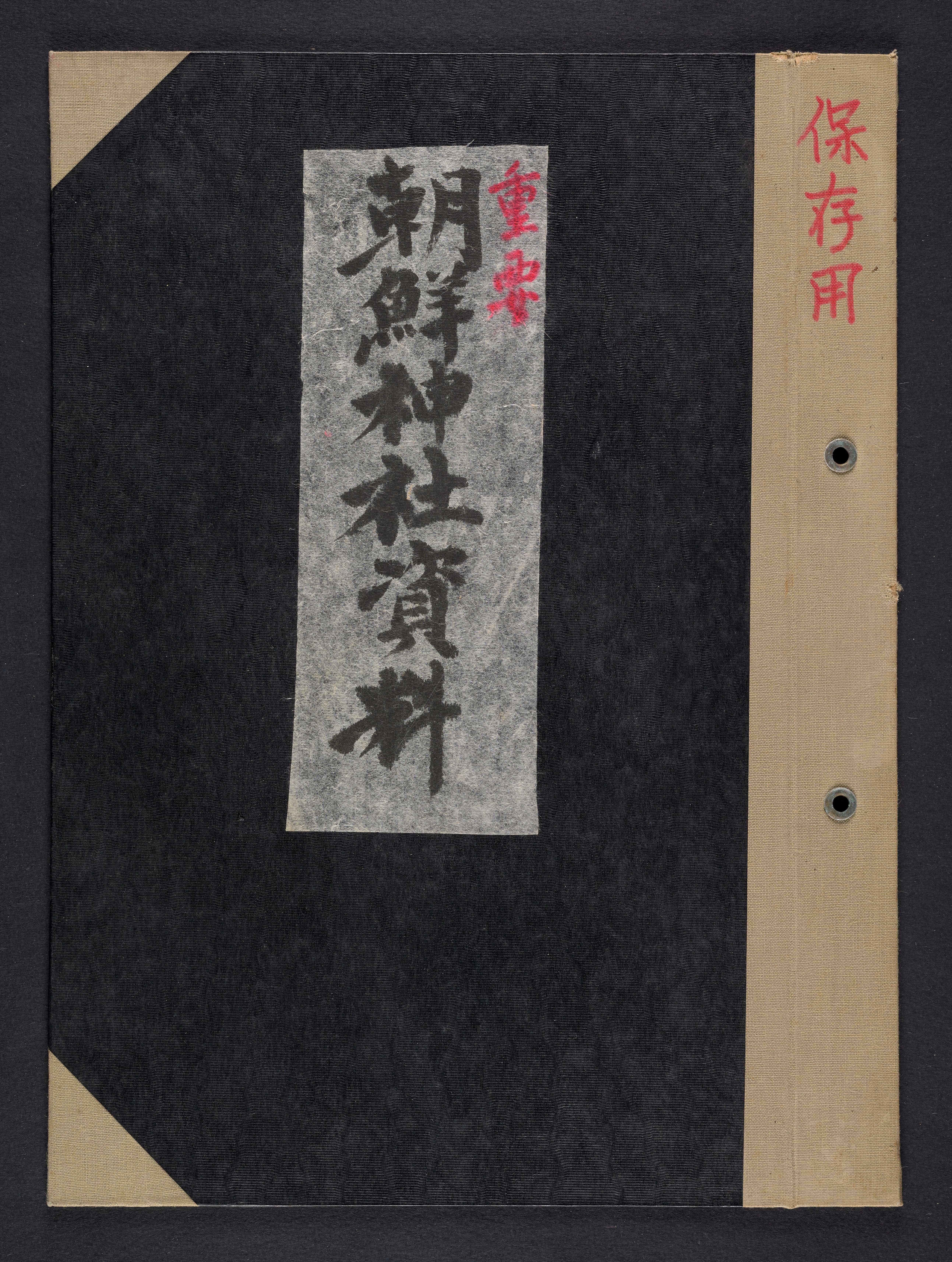 |
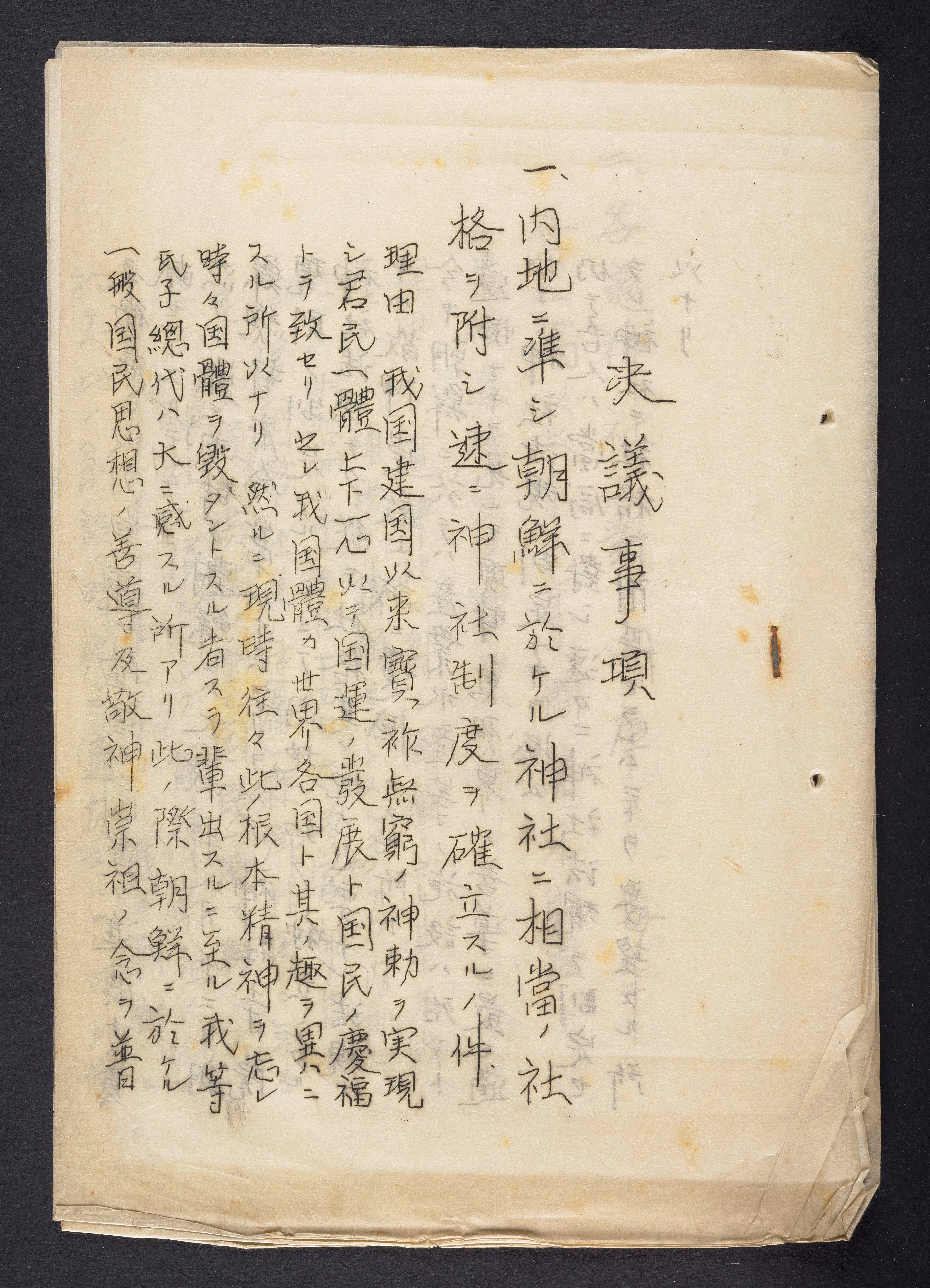 |
Reprints of Primary Sources
Jee-Young Park, the University of Chicago’s Korean studies librarian, led a group of scholars and librarians to create the Bibliography of East Asian Periodicals (Colonial Korea, 1900–1945), launched in 2022. Crucially, this bibliography helps scholars of colonial Korea to identify important research materials, but access to the materials themselves can sometimes prove challenging. Thankfully, Korean and Japanese publishers regularly produce high-quality multi-volume set reprints of relevant primary sources, and we have prioritized collecting these in recent years. For example, our vendor KBooks helped us to acquire reprint editions of two colonial-era newspapers: Cheguk sinmun 帝國 新聞 [Imperial Post, 1907–1909], a socially oriented, Korean-language newspaper with a readership that included women and members of diverse socio-economic classes; and Chosŏn sinmun 朝鮮 新聞 [Korea News, 1911–1915], a Japanese-language newspaper targeting Japanese businesspeople and the colonial regime in Korea.
We also acquired 67 volumes of the Adan Mun’go migonggae 아단문고 미공개 자료 총서 [Adan Mun’go Collection], a rich collection of reprinted literary periodicals and other textual sources published before, during, and after the colonial period. Our holdings include five subseries of the collection, featuring reprinted periodicals from the early and mid-twentieth century pertaining to art, literature, film, and theater; Korean students studying abroad in Japan; students of Keijo Imperial University in Korea; and women.
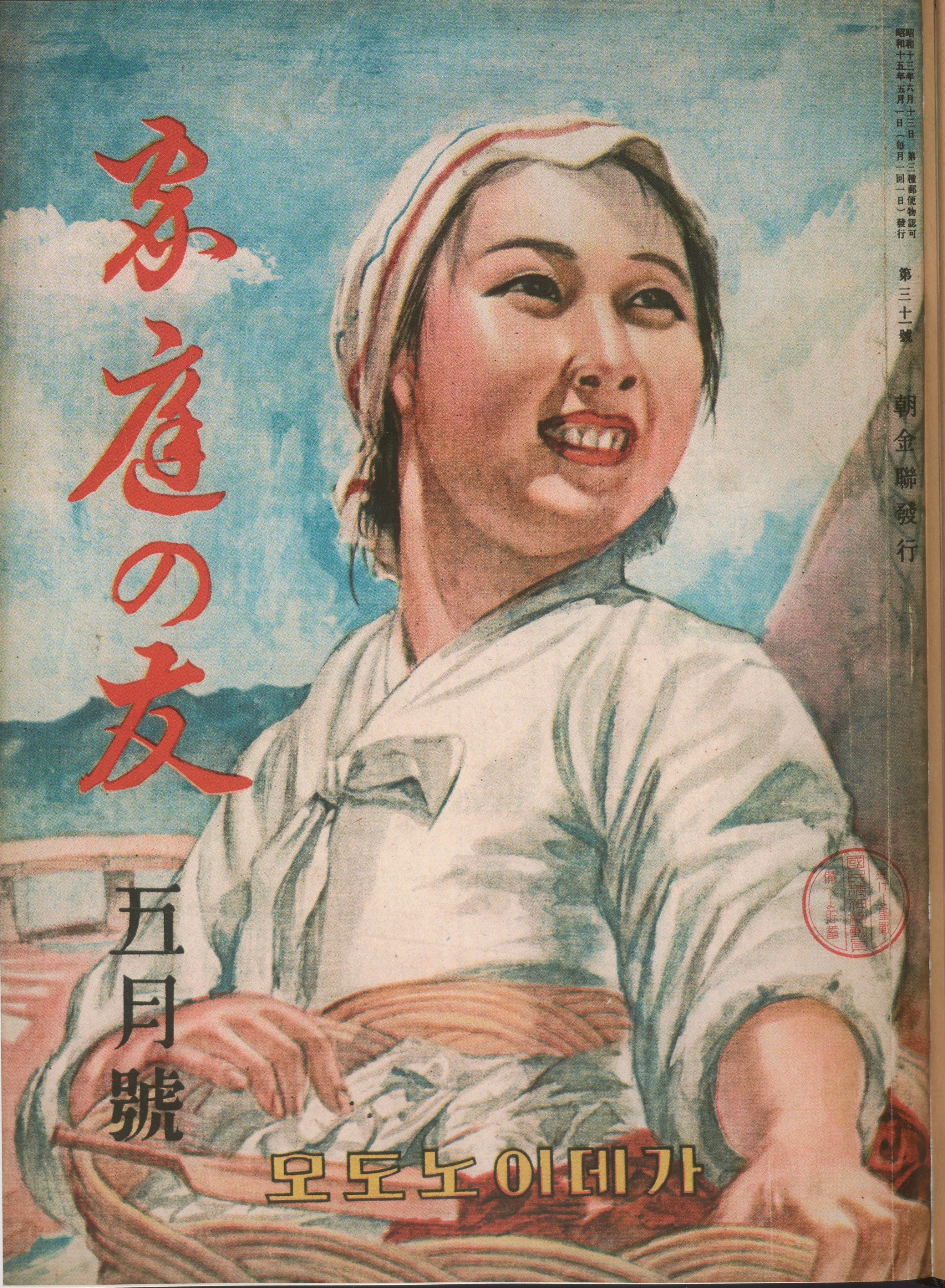
Japanese publishers have also issued reprints of important primary sources relating to colonial Korea—across disciplines ranging from religion to sociology to history of medicine—that we have been eager to acquire. For example, the Penn Libraries had previously acquired Bukkyō shokuminchi fukyōshi shiryō shūsei: Chōsen hen 仏教植民地布教史資料集成・朝鮮編 [Collected Materials on Buddhism’s Colonial Propagation: Korean Edition], a multi-volume set of primary sources on the use of Buddhism in the Japanese empire. This set focuses on Korea, and we also have sets related to Taiwan and Manchuria, allowing broader inquiries across geographic boundaries. Since 2022, the Libraries has been acquiring volumes from the series Gaichi “inochi” no shiryōshū 外地「命」の資料集 [Collected Materials on “Life” in Foreign Lands] as they are published. This series addresses public health in colonial Korea, Taiwan, and Manchuria; the Korea-specific volumes reproduce the “Annual Report of the Korean Governor-General’s Hospital” (intermittent issues published between 1914 and 1928) and records of the colonial government’s plague and cholera prevention strategies (1920–1921).
In the past year, in support of current PhD research at Penn, we acquired reprints of three important Japanese-language periodicals from colonial Korea, all published by or in cooperation with Ōkura Jōhō Sābisu: Chōsen oyobi Manshū 朝鮮及満洲 [Korea and Manchuria], a 59-volume set that was originally published from 1908–1941; Chōsen kōron 朝鮮公論 [Korean Public Opinion], a 79-volume set that was originally published from 1913–1944; and Bunkyō no Chōsen 文教の朝鮮 [Cultural Korea], an 87-volume set that was originally published from 1925–1945.
Scholarly Monographs
Over the past three years, the Penn Libraries has rapidly accelerated its acquisition of Korean-language materials, thanks both to a newly established endowment fund, the Kyung Soon Song Collection Fund, and to increased library allocations for Korean studies materials in support of Penn’s vibrant Korean studies community, centered around the James Joo-Jin Kim Center for Korean Studies. This increased financial support has allowed the Libraries to strategically deepen its collecting, and colonial Korea has been one of the focal points. Working with Korean vendor KBooks, the Libraries has added more than 250 Korean-language monographs about colonial Korea over the past two fiscal years, in disciplines ranging from history to musicology to women’s labor. At the same time, the Libraries continues to prioritize comprehensive coverage of Japanese scholarly publications on colonial Korea through orders with Japanese vendors JPT and Kinokuniya.
Colonial Korea in Special Collections
In addition to the “Korean shrine materials” collection, I have collaborated with staff at the Kislak Center for Special Collections, Rare Books and Manuscripts to purchase numerous rare and medium-rare materials from the Japanese used book market. These include materials in many genres: travel guides such as “Keijō 京城” [note that Keijō was a colonial term for Seoul], a 1930 guide to Seoul and other cities in Korea, and “Chōsen no hanashi 朝鮮の話” [A Tale of Korea, undated]; travelogs like Sugimoto Masayuki’s Saikin no Shina to Mansen 最近の支那と満鮮 [Recent China, Manchuria, and Korea, 1915]; and government reports like Saikin Shina oyobi Manshū kankei shomondai tekiyō: dai rokujūgo gikaiyō gokuhi 最近支那及滿洲關係諸問題摘要 : 第六十五議會用 極秘 [Summary of Recent Issues Concerning China and Manchuria: Top Secret Report for the 65th Congress; 1933].
Like the “Korean shrine materials” collection, some of these rare materials have not yet been fully processed; once they are, their Franklin records will be updated accordingly.
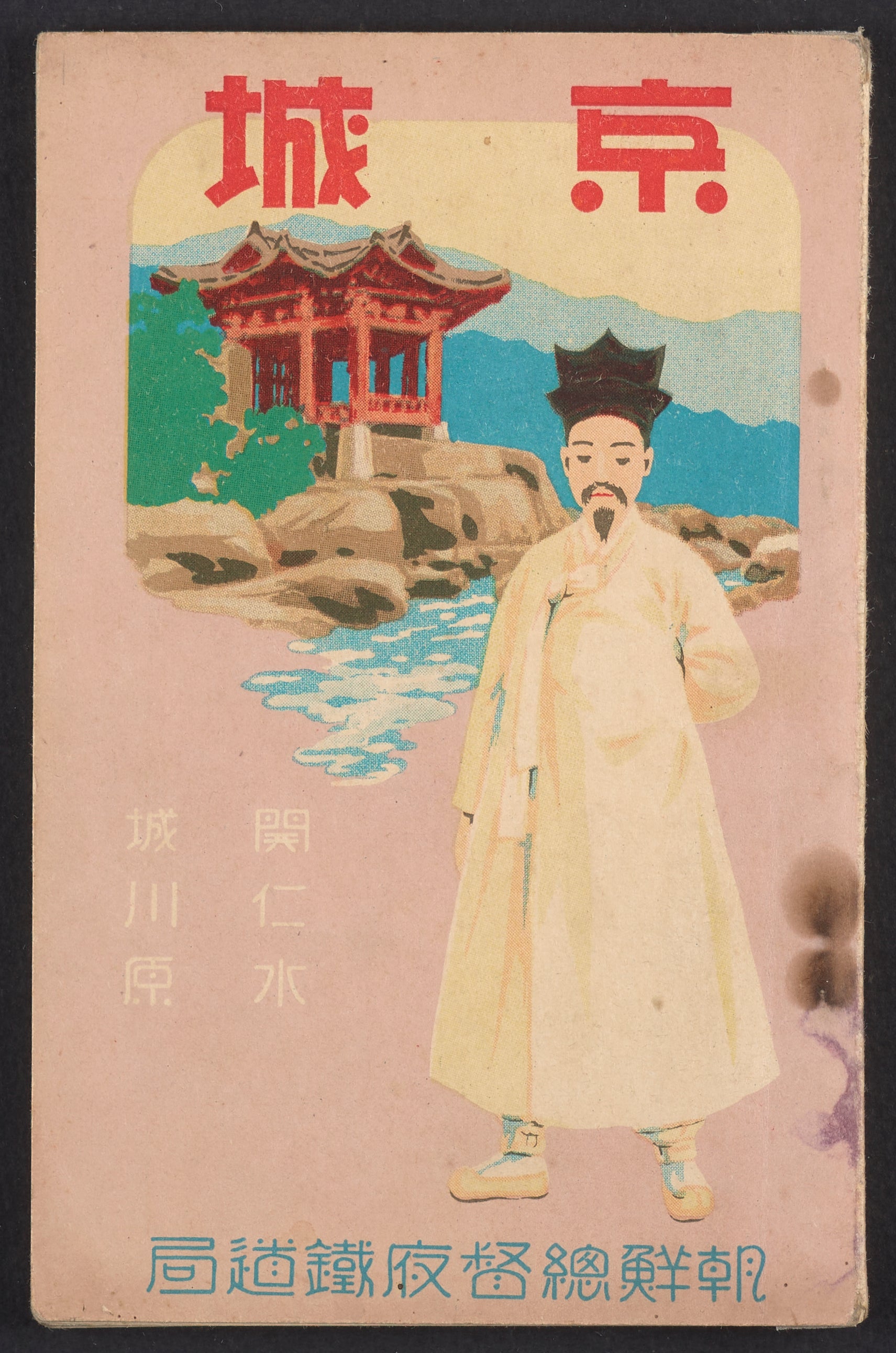 |
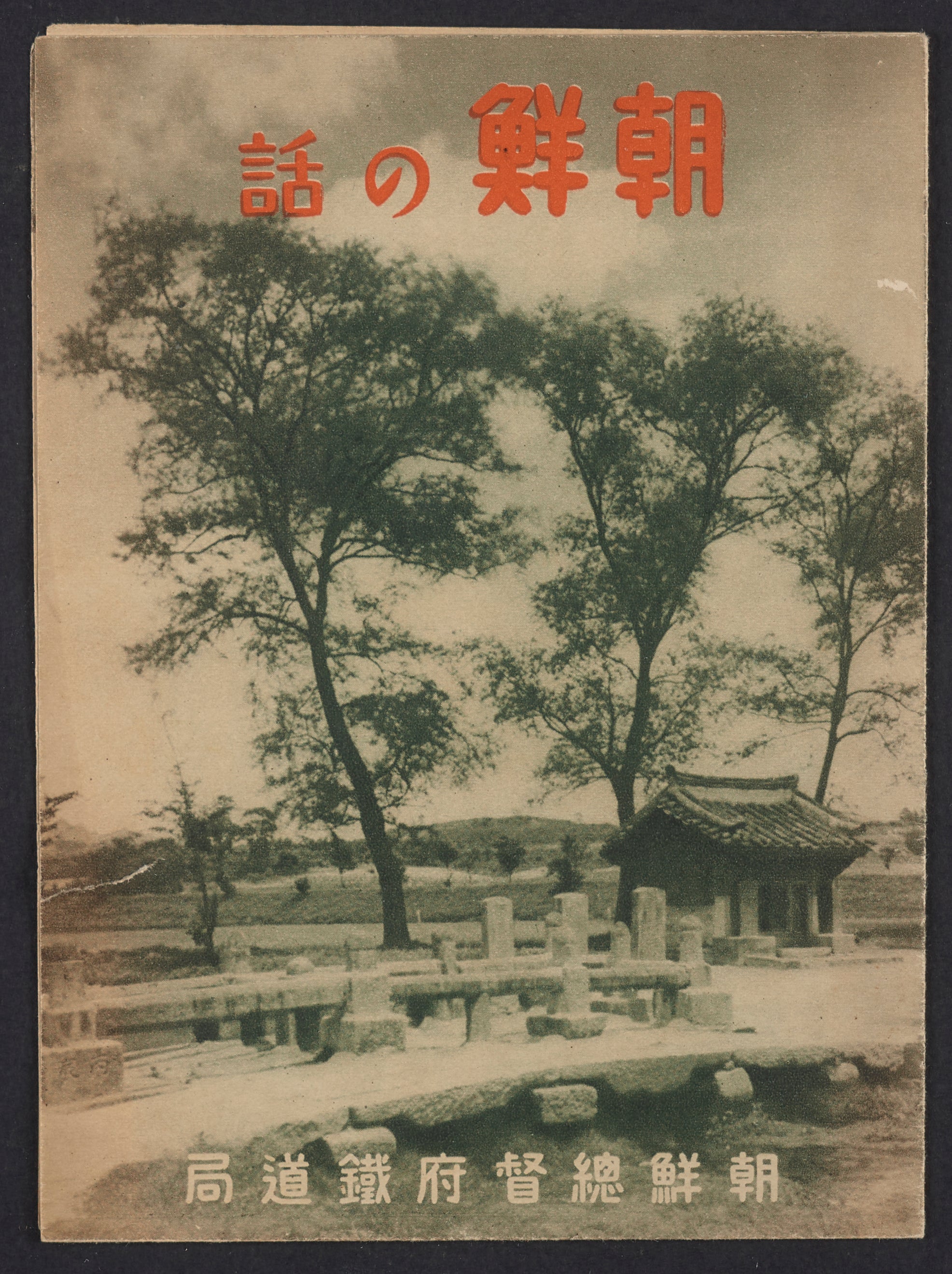 |
Colonial Korea: Electronic Resources
As of May 2023, the Penn Libraries became a “partner library” of the National Library of Korea (NLK) and therefore able to offer access to the National Library of Korea Digitized Materials service: a massive online repository of more than 9 million digitized books, periodicals, maps, music scores, and many other types of materials, some of which are still in copyright or otherwise unavailable through the NLK’s general website. This service, available via certain computers in Van Pelt-Dietrich Library Center, includes a treasure trove of full-text resources from and relating to colonial Korea. For example, the service provides access to a full-text database of digitized official gazettes from the Korean Empire and Japanese Governor-General of Korea (1894–1945); classical novels published in Hangul, the Korean alphabet (1910s–1930s); digitized records pertaining to Korea and published pre-1945 in non-Korean languages; and more. A link to the NLK’s service page and instructions can be found on our Korean Studies library guide by navigating to the Research Materials tab and then to the Digital Archives section (left-hand side). The NLK has also provided a digitized resource list summarizing the contents.
Getting Started with Research
To explore Penn’s holdings that relate to colonial Korea, a good starting point is to search for the Library of Congress Subject Heading, “Korea--History--Japanese occupation, 1910-1945,” which currently yields 670 results. The facets on the left allow users to narrow their search by language, subject, and other parameters. Patrons are also welcome to contact the Korean Studies Liaison anytime for help!
[1] For background information, see Japanese Journal of Religious Studies special issue entitled “Religion and the Japanese Empire,” vol. 37, no. 1, 2010; see especially Nakajima Michio’s “Shinto Deities that Crossed the Sea: Japan’s ‘Overseas Shrines,’ 1868–1945”.
Featured image: Adan mun'go migonggae charyo ch'ongsŏ: Yŏsŏng chapchi 아단 문고 미공개 자료 총서: 여성 잡지, v. 1 (Sŏul-si: Somyŏng Ch'ulp'an, 2014), p. 1
Date
June 30, 2023
